Copper sulphate.
Growers will be happy to hear that Copper sulphate will be available again after a losing registration earlier this year.
Copper sulphate has been used as a fungicide since the 1850’s or there abouts. Commonly called blue stone it has been a key product for blight control in organic potato production until this year.
Copper is a heavy metal and harmful to the environment as it builds up in soil over time. EU legislation was introduced to restrict its use as a plant health product.
Read more in this recent Dáil debate.
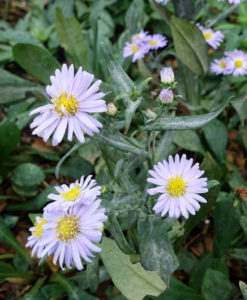
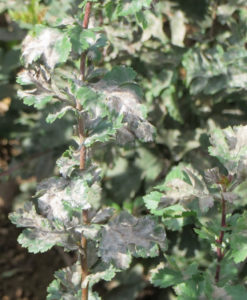
Powdery Mildew
Powdery Mildew (Erysiphe, Podosphaera etc.) has in the last two weeks taken off with a bang. It can be recognised by white or off-white fungal growth usually on the upper surface of leaves but can also be found on stems, flowers and lower leaf surfaces. It affects a wide range of plants including; Acer, Aster, Crataegus, Salvia, Spirea, Phlox, Rosa, and Prunus.
Culture
Good growing conditions that reduce humidity, adequate plant spacing and ventilation in glasshouse/polytunnels, will help to prevent powdery mildew developing. AQ 10 a biopesticide may be useful as a protectant especially in protected environments. In soft fruit production silicone via fertigation systems has been seen to reduce the susceptibility of strawberries to Podospharea aphanis.
Control
Where powdery mildew is present in a crop some knock down will be required. Potassium bicarbonate (e.g. K50) is useful in protected environments. Good coverage is essential so a wetter may help.
These chemical options are eradicant and protectant:
Bumper 3, Signum 7+11, Switch 9+12, Systhane 3, Nimrod 8, Fielder M5 + 12, Vareon 3 +3+ 12. Fortress 13 is a suitable systemic protectant fungicide.
On roses, additional products, Vivando U8 and Stroby 11, are available for use as protectants.
Growers should rotate the mode of action (numbers above) to prevent resistance developing.
Frequency
Spray programmes can be as close together as every 7 days depending on disease pressure, weather conditions and product. Always follow the label instructions.
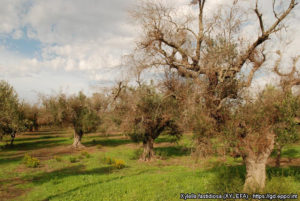

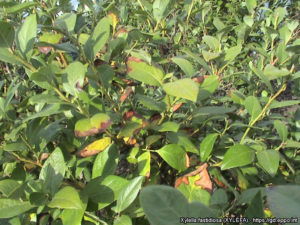

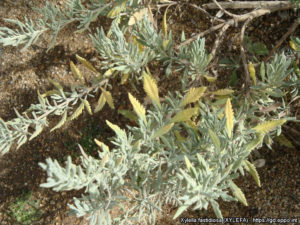

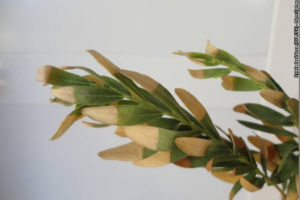

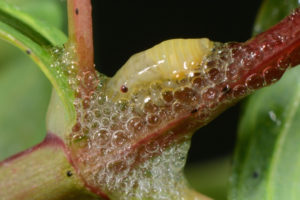

Xylella fastidiosa – devastating bacteria we need to avoid!
The serious threat of Xylella is being closely followed by nurserymen and women across Europe. Each member state is addressing the issue. The European Nurserystock Association is active keeping its members up to date with the latest findings, research and advice.
What is it? It’s a bacterium that causes wilting symptoms and death of wide range of plants
Should I be worried? It is predicted that the disease would not thrive in our climate but that is not certain. Be cautious but don’t worry.
What are the symptoms? Wilting, dying branches, yellowing of leaves, brown spots with necrosis see more pictures
What are the host plants? Over 130 plant species including Olives, Lavender, Hebe and Rosemary
Why is it important? It kills its host, control measure mea the destruction of stock and quarantine/trade restriction for 10km radius for 5 years.
How is it spread? Its vector is the frog hopper aka cuckoo spit or by grafting – handling plants does not spread the disease
How do you control it? There is no known cure. Destruction of hosts material and vectors is the current approach.
How can it be stopped coming in to Ireland? Purchase from reputable suppliers- consult with them to assess their hygiene protocols, be especially vigilant of olives and Polygala myrtifolia and stock coming from affected countries.
Where can I find out more? The EPPO bulletin (pdf) or Xylella news that is updated every 15 minutes or visit the Teagasc plant health page or the DAFM information note (pdf).












